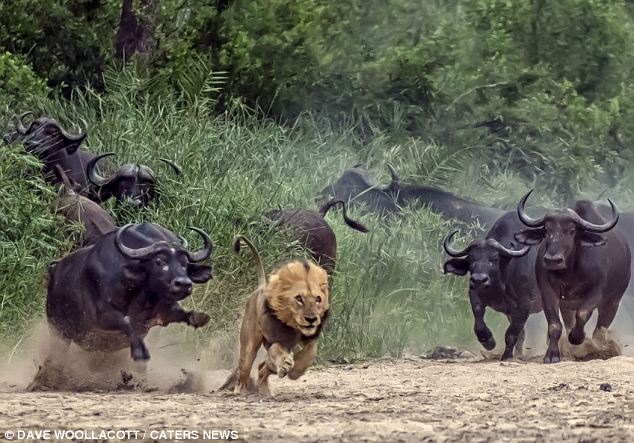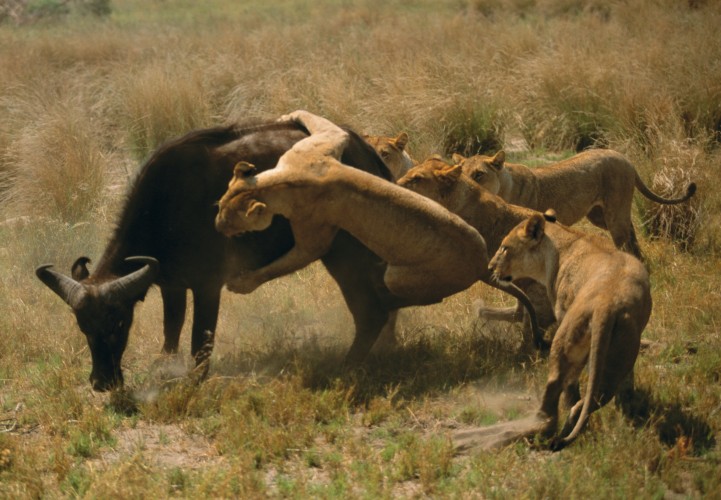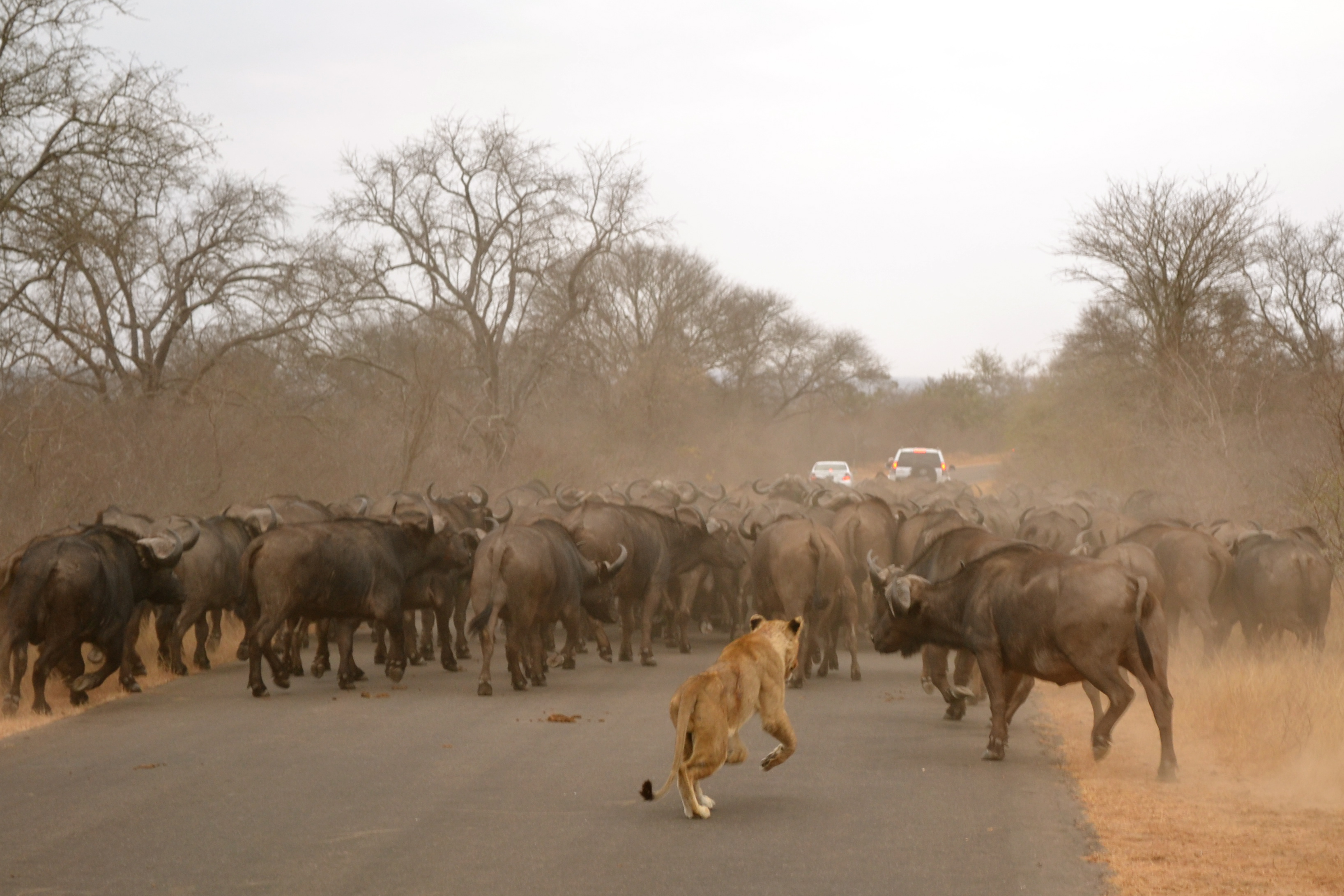
The hard data seems to indicate that there has been a competency shift in the NBA; a perceptible alteration in the balance of power between the coasts. Going into Monday, the Eastern conference — long derided for its inadequacy and unreliability — features 11 teams who have won more than half of their games this year. The West, meanwhile, only features five such teams: the Warriors, Spurs, Mavericks (!), Suns, and Thunder. The Jazz, Clippers and Grizzlies all sit indifferently at (or around) .500, working into the season slowly, looking equal parts determined and dying and as they trudge through Novembers of mild discontent. And perhaps most surprisingly, expected contenders like the Rockets and the Pelicans appear to be dead; crammed together in a horrible mess of contorted limbs and tangled hair with other repeat failures like the Timberwolves, Kings, Nuggets and Lakers. While it is very early in the proceedings — not even a quarter of the regular season has elapsed, let alone the lengthy, arduous postseason — the magical idea of “parity” seems to be washing over the NBA landscape, rendering everything (save for the Warriors and the 76ers) roughly equal, with the teams East of the Mississippi looking slightly better off than their peers a few time-zones to the left.
At this moment, determining the who, what, when, where, why, and how of this teeter-totter power dynamic has been an enjoyably open exercise. Several factors are likely playing a role; player movement among the most important to consider. Over the last calendar year, the Eastern conference welcomed several quality players from the West, most of whom are playing beyond even the most favorable projections of their outputs. There is Nic Batum, looking regal in purple-and-teal, transitioning from a third or fourth option in Portland into a primary consideration for a rejuvenated Hornets offense. There is Reggie Jackson and Isaiah Thomas, former backup guards in the West now transformed into offensive anchors for Detroit and Boston, respectively. There is Robin Lopez and Pau Gasol; providing net positive results in the pivot for a strong Bulls team and a Knicks team looking more fortified with each unexpected victory. The same cannot be said for those who have emigrated to the West, who are struggling to stake claims in harsher lands. Josh Smith, Lance Stephenson and Paul Pierce’s productions have been either uneven or unseen some nights in Staples Center, while Lou Williams, Brandon Bass and Roy Hibbert produce identically insignificant results for the arena’s other more decorated (and dilapidated) outfit. Rajon Rondo (who arrived in the West last season) performs brilliantly for a Kings team that still struggles to win more than lose, and a imperfect bouquet of former Pistons and Cavaliers yield a wilted output for the Thunder. While the lasting effects of imbalanced player movement are hard to specifically pinpoint, the collective 37-32 record the East holds over the West going into Monday’s game provides hints that things are not what they used to be. And, if trends continue (and we can safely bet that they will) we can infer that, for the current period of time, the East has stolen the West’s smug crown of overall dominance, and will continue to exert themselves over the conference’s surprisingly helpless denizens.

But there is an aesthetic element as well, a dimension beyond numbers; something only informed by the much-maligned “eye test” and an unshakable feeling that the West has lost its soul. For the first time in several seasons, it seems the is East playing free and liberated; using as much space as the court will allow. Eastern guards are populated with ball handlers and shot creators; players like John Wall and Bradley Beal who enjoy free range around the court and a mandate to take whatever shot seems most appropriate. Eastern forwards and centers adhere to principles we are familiar with — footwork, head-fakes, up-and-unders and baby hooks — all the while, keeping the ball moving around the court. On the other hand, the West is playing tight. Guards seem bunched up beyond the three point line, limited to a series of lateral moves before an inevitable three point clank. Forwards and centers tend to join in on the act, either changing their skill-sets to extend their bricks out to the three-point line, or serving chiefly as offensive rebounders and tip-in specialists. In many sets, the centers are relegated to simple screen-setting and ball distribution duty; a noble, but not terribly entertaining sight to see. As the ball soars from 22 or more feet away, clanging high off the rim and into the other team’s possession, followed by a jaunty sprint up the court and an attempt at a similar play, I yawn and groan. In the East, the basketball is presented as entertainment. In the West, the basketball is presented as work.
Unsurprisingly, my analysis (or argument, if you disagree with me) is shielded in the impenetrable armor of the 15-0 Warriors. At this moment, West is in the throes of a familiar crisis: the immediate and persistent threat of a transcendent player. It is not revolutionary to state that all of the celestial bodies of the NBA orbit around its brightest stars; the most luminous emissaries of on-and-off-the-court success. Since 1990, some players have been demonstrably better than the tier of All-Stars below them; the players who become considered among the greatest who have played. Within conferences, and among teams that must face these unassailable stars more often, much of the team building seems oriented towards countering that transcendent player. Certainly this was the case in the East during the reigns of Michael Jordan and his Bulls (1991-1993; 1996-1998) and LeBron James and the Cavaliers and Heat (2007-2013). The West has done this as well; with Shaquille O’Neal and Kobe Bryant (2000-2003), Hakeem Olajuwon (1994 and 1995) as well as Tim Duncan and his cast of supporters (odd years throughout the 2000′s and 2014). In the absence of a transcendent player, this type of self-conscious team-building does not seem to occur. Instead of yielding to the indefatigable talents of a single man, the various teams double-down on an ethos and playing style, they go all in on who they feel they are. In those years, odd champions arise — the 2004 Pistons, who ruled a conference for half a decade, or the 2011 Mavericks, who played footloose and fearless while winning their unlikely ring. But more often than not, teams are practicing aggressive flattery on the fly; trying to become the transcendent star’s team without having that exquisite player as an anchor.

In the West, where the threat of Stephen Curry and his maxim gun Warriors is more present and prevalent, there are a slew of rattled teams; outfits who not long ago seemed very sure about who they were, and how they were going to succeed. It is unlikely that any of these teams foresaw what Curry and Golden State would become: a team for which conventional wisdom does not apply, and for whom drastic changes must be considered in order to remain competitive. It is not unreasonable to think that the Warriors may hasten the dismantling of a few teams that thought they might have a better chance at it; teams like the Rockets, Clippers and Grizzlies who continue to mash their feet into the gas pedal while their wheels spin helplessly in the mud. Even the San Antonio Spurs are having a hard time integrating LaMarcus Aldridge, their new weapon, into their impressive arsenal. Perhaps this is what is afflicting the West: the directive to change, without any idea where, exactly, they are going, and how, exactly, they are going to get there.
Admittedly, these are the words of a man who has lost all semblance of objectivity; an individual still basking in the afterglow of it all. I’m no longer interested in seeing teams thrive; I want to see them prostrate in front of my squad, begging for mercy and shaking uncontrollably as the end looms large. For me, it is perfectly acceptable to watch the Warriors joyfully lay waste to every opponent that crosses them. In the moments I wish to view the NBA as it was — a teeming ecosystem of player species, alternatively taking turns eating and being eaten — I am happy the East exists; a section of the league that isn’t worried about being something that they’re not. But in the back of my mind — and in corners of my mouth, turned up in a sinister grin — I cannot wait until they, too, are sucked into the abyss, while thousands of tiny voices wonder how the situation became so deeply helpless.


